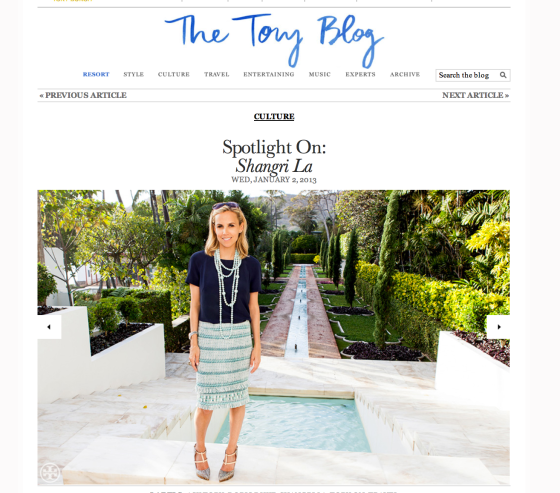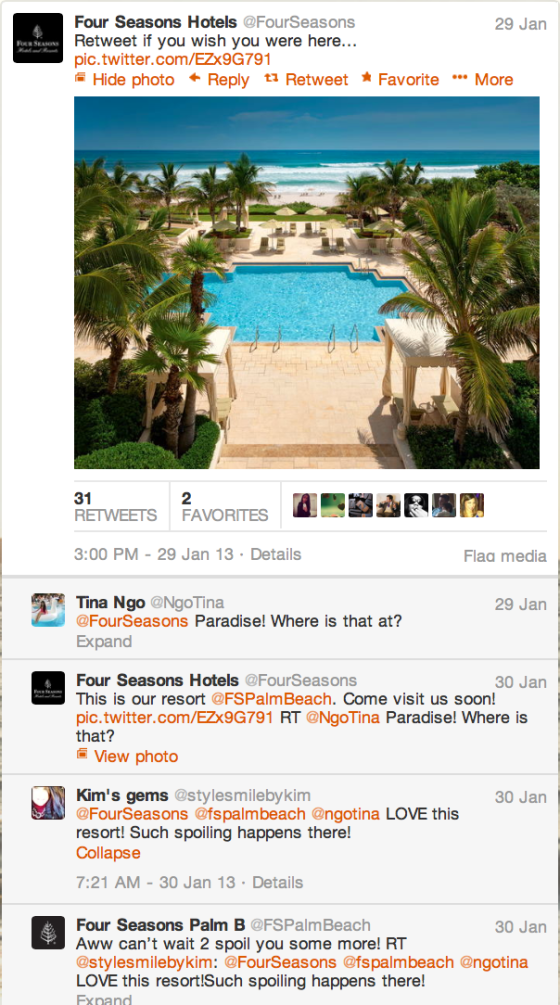
SXSWi 2013 just wrapped up this week. Many emerging media professionals openly aspire to participate in this high-profile interactive conference, and those who actually make the trip to Austin, TX, certainly like to blog about it prolifically. Check out any of the 308 articles already posted on Mashable.
Attendance at the event was 30,000 strong this year, beating all previous records. In fact, increasing numbers of marketers are taking time away from their busy working lives to attend emerging media conferences all around the country, and even across the globe. What motivates them to invest significant resources in time and money? Undoubtedly there is passion to grow skills within a dynamic industry that is moving at breakneck speed, plus a desire to keep up with cutting edge technologies and digital creativity, all perhaps mixed with a healthy dose of fear about being left behind professionally.
For those who may have missed the whole SXSWi experience, there are countless alternative events to attend and learn from, offering great opportunities to network with the best and brightest experts in the industry. Use this 2013 Events Board as a resource to search by location, date and speciality.
One notable date for your diary is May 31, 2013, which kicks off the two-day WVU Integrated Marketing Communications (IMC) INTEGRATE conference in Morgantown, WV.
Whether you are a seasoned professional, or someone who is considering enrolling in the IMC graduate program at West Virginia University, INTEGRATE 2013 is your opportunity to build your professional network and talk about the hottest topics in IMC…transform your career through innovative workshops and breakout sessions, and participate in thought provoking discussions about industry trends.
Leading the roster of impressive presenters,the keynote speaker at INTEGRATE this year is Jane Schachtel – Head of Technology, Global Vertical Marketing Manager for Facebook.
Whether you travel to Morgantown, WV, or find an conference closer to home, why not grasp the opportunity to advance your career, learn new strategies, absorb creative energy, exchange top tips, and benefit from peer-to-peer networking? At the very least, whichever event you attend, you can take comfort in meeting many other marketing professionals who are working just as hard to keep up as you are.













